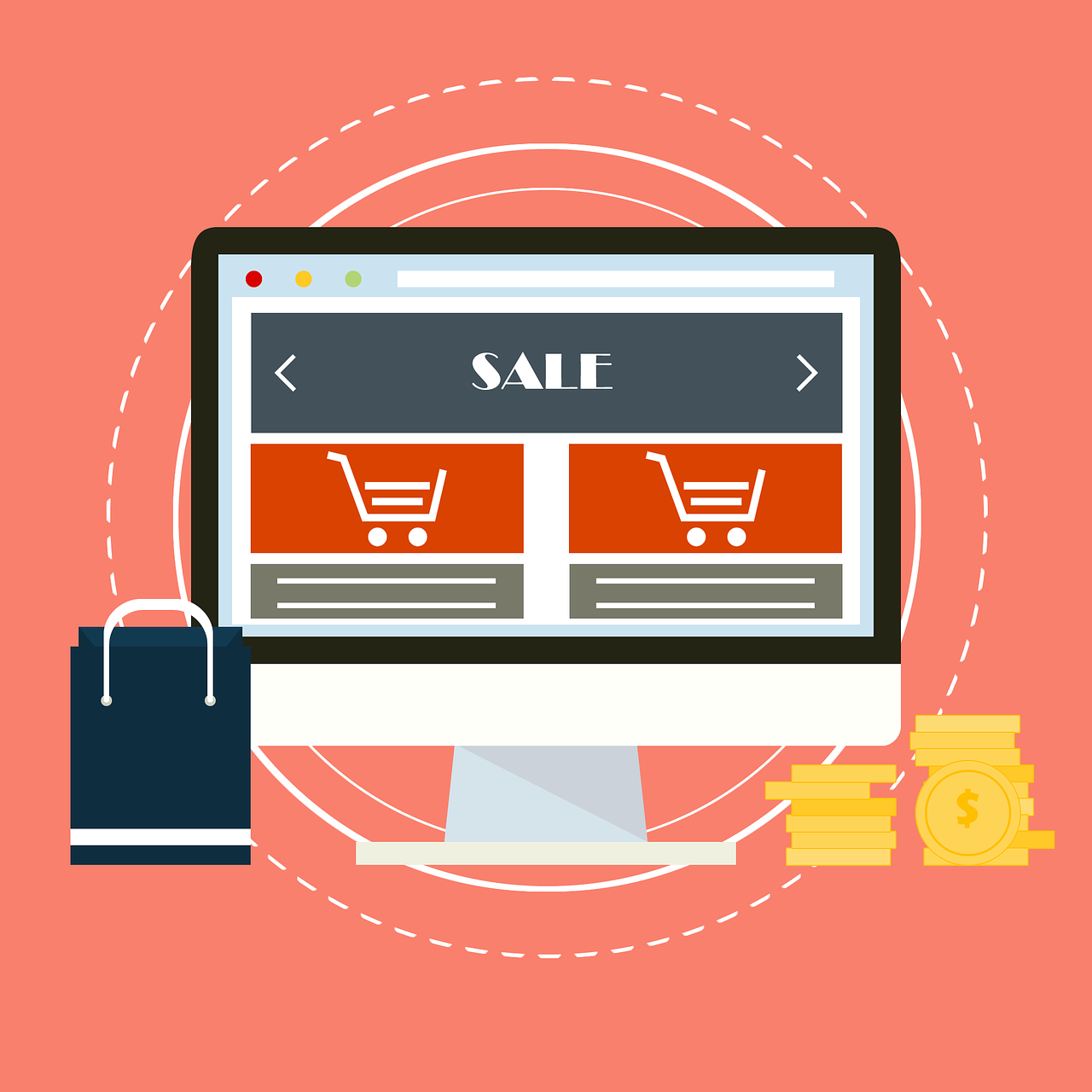When starting a retail business, choosing the right model is crucial. Drop shipping and traditional retail represent two distinct approaches, each with its own set of advantages and challenges. Understanding these differences can help you make an informed decision about which model aligns best with your business goals and resources. Here’s a comprehensive comparison of drop shipping and traditional retail.
**1. Inventory Management
Drop Shipping:
- No Inventory Required: With drop shipping, you don’t hold inventory. Instead, you partner with suppliers who manage and ship products directly to customers.
- Lower Upfront Costs: You only pay for products after customers make purchases, which reduces the need for large initial investments in stock.
Traditional Retail:
- Inventory Holding: Traditional retail requires purchasing and storing inventory. This often involves significant upfront investment in stock and warehouse space.
- Stock Management: You must manage inventory levels, including forecasting demand, handling storage, and dealing with unsold goods.
**2. Initial Investment
Drop Shipping:
- Low Startup Costs: Since you don’t need to invest in inventory or warehousing, startup costs are relatively low. Your primary expenses are setting up your online store, marketing, and possibly some software tools.
- Flexibility: Lower financial risk allows you to experiment with different products and niches without substantial financial commitment.
Traditional Retail:
- High Initial Investment: Requires substantial upfront capital to purchase inventory, lease or buy physical space, and set up store fixtures and equipment.
- Higher Financial Risk: The risk of holding unsold inventory and managing physical assets increases the financial exposure.
**3. Operational Complexity
Drop Shipping:
- Simplified Operations: Your supplier handles storage, packing, and shipping, allowing you to focus on sales and marketing. However, you still need to manage customer service and returns.
- Less Control: You rely on suppliers for product quality and shipping times, which can affect customer satisfaction if issues arise.
Traditional Retail:
- Complex Operations: Managing inventory, logistics, and store operations requires more effort and resources. You handle all aspects of the retail process, from stocking shelves to customer service.
- More Control: Direct control over inventory and fulfillment processes enables you to ensure product quality and manage customer experiences more closely.
**4. Product Range and Scalability
Drop Shipping:
- Wide Product Range: Easily expand your product offerings by adding new items from your suppliers without additional investment in inventory.
- Scalability: Scales efficiently as your supplier handles increased order volumes. You can focus on marketing and growing your customer base.
Traditional Retail:
- Limited Product Range: Expanding your product range involves purchasing additional inventory and managing shelf space.
- Scalability Challenges: Scaling requires significant investment in more inventory, larger retail space, and additional staff, making growth more complex.
**5. Customer Experience
Drop Shipping:
- Customer Expectations: You must manage customer expectations regarding shipping times, as suppliers handle fulfillment. Delays or issues with suppliers can impact customer satisfaction.
- Branding Opportunities: Limited control over packaging and shipping can affect your ability to create a cohesive brand experience.
Traditional Retail:
- In-Store Experience: Provides a tangible shopping experience, allowing customers to see, touch, and try products before purchase.
- Branding Control: Greater control over store layout, merchandising, and customer interactions enhances the brand experience and customer loyalty.
**6. Shipping and Fulfillment
Drop Shipping:
- Supplier-Managed Shipping: Suppliers handle shipping and fulfillment, which can reduce your workload but may lead to variations in shipping times and quality.
- International Reach: Easier to offer international shipping as your suppliers manage logistics.
Traditional Retail:
- In-House Fulfillment: You manage shipping and fulfillment, giving you control over delivery times and packaging. However, this requires additional resources and infrastructure.
- Local Focus: Shipping is often focused on a specific geographic area, which may limit your ability to reach a global audience.
**7. Marketing and Sales
Drop Shipping:
- Digital Marketing Focus: Primarily relies on online marketing strategies such as social media, SEO, and paid advertising to drive traffic and sales.
- Low Cost Advertising: Lower cost of entry for digital marketing campaigns, but competition can be intense.
Traditional Retail:
- Diverse Marketing Channels: Can use a combination of online and offline marketing methods, including local advertising, in-store promotions, and community events.
- Higher Marketing Costs: May incur higher costs for advertising and promotions, but can benefit from direct customer interactions and local brand recognition.
**8. Risk and Flexibility
Drop Shipping:
- Lower Risk: Minimal financial risk due to the lack of inventory investment. However, you face risks related to supplier reliability and product quality.
- High Flexibility: Easier to pivot or change product lines based on market trends and customer preferences.
Traditional Retail:
- Higher Risk: Greater financial risk due to inventory investment and overhead costs. Potential issues include unsold stock and high operational costs.
- Less Flexibility: Changing product offerings or adjusting to market shifts can be more challenging due to existing inventory and operational commitments.
**9. Customer Service and Returns
Drop Shipping:
- Managing Returns: Handling returns can be more complicated, as you must coordinate with suppliers and address customer issues while maintaining a positive experience.
- Customer Service: You need to provide responsive customer support, even if you don’t handle the physical products.
Traditional Retail:
- In-Person Service: Provides direct customer service and the ability to handle returns and exchanges immediately.
- Control Over Returns: Easier to manage returns and exchanges directly, ensuring a smoother process for customers.
Conclusion
Choosing between drop shipping and traditional retail depends on your business goals, resources, and risk tolerance. Drop shipping offers lower upfront costs, flexibility, and ease of scaling, but comes with less control over product quality and fulfillment. Traditional retail involves higher initial investments and operational complexity but provides greater control over inventory, customer experience, and brand presence. Assess your priorities, market conditions, and business model to determine which approach aligns best with your vision for success.
